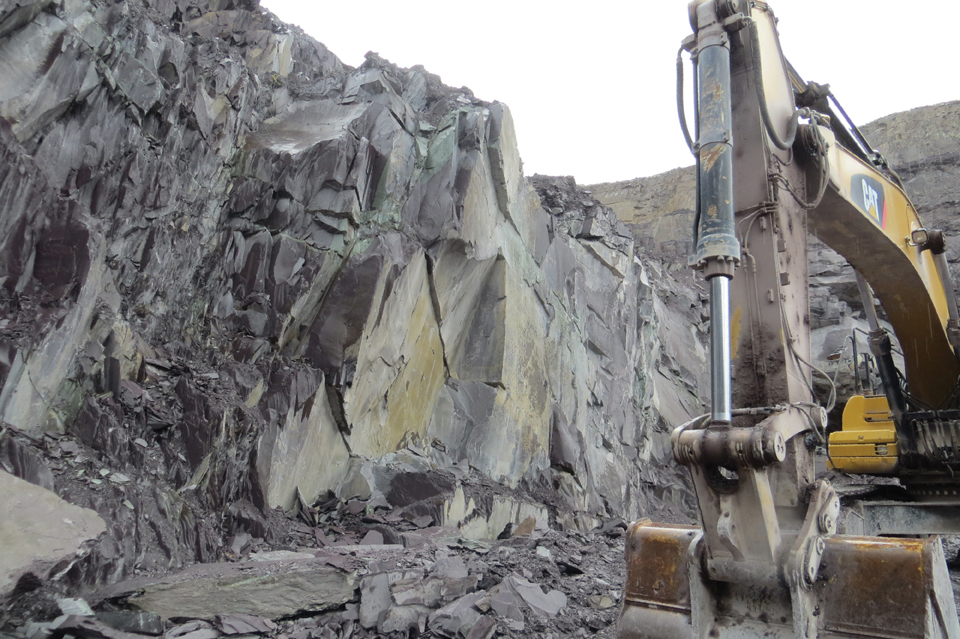Quarry Group: Natural stone and whole-life carbon
The Quarry Group is one of the sector specific groups of Stone Federation Great Britain. It comprises the operators of some of the leading indigenous dimensional stone producers, whose stones have created the distinct architectural character of the regions of the British Isles.
As specifiers become increasingly aware that a business as usual approach to the carbon impacts of architecture and construction is no longer an option, there is a fresh drive to consider and reduce the whole-life carbon impact of a building.
Whole-life carbon includes both embodied carbon and operational (in-use) carbon. It includes the CO2 equivalent of material extraction or creation and transport as well as lifetime emissions from maintenance, repair, replacement and disposal of the materials.
There have been a number of studies comparing the whole-life carbon impact of different construction materials including natural stone. One of these research projects compared the life-cycle assessments of a number of different materials used for flooring.
Stone Outperforms Ceramic
When comparing the global warming potential (GWP) of natural stone tiles with ceramic, parquet, large-format ceramics, PVC, laminate and carpet alternatives, natural stone was the best performer by a clear margin. The GWP figures showed that, for example, large-format ceramic tiles have a 74% higher global warming potential than natural stone.
For architects looking to specify materials that minimise carbon impact, natural stone is an environment friendly choice, delivering sustainability in both its extraction and whole-life value.
A+ Green Guide Rating
The Green Guide to Specification, which is part of BREEAM, sets out an A+ to E ranking system for the environmental performance of a material. The factors evaluated include climate change, mineral resource extraction, waste disposal and fossil fuel depletion.
In a case study project carried out by the Building Research Establishment (BRE), almost half of all natural stone-related components achieve either A+ or A, and the majority of the remainder score a C or above.
A Showcase Project
A project that has garnered much press attention is 15 Clerkenwell Close in London. Part of what has attracted the attention is its boundary-pushing design with a mixture of split faced and sawn stone straight from the quarry. Islington Council didn’t like it and ordered it to be demolished. RIBA gave it an award and an appeal against the demolition order was successful.
While the design by Architect Amin Taha’s Groupwork was a major talking point, of perhaps even more significance was the example it provided of the carbon benefits of using natural stone.
By choosing stone rather than the brick originally proposed, Amin Taha has reduced the embodied carbon of the structure by 90% as well as lowering the price by 25% compared with a typical steel or concrete frame.
In a report about the project, the Architect’s Journal Editor commented: “…for architects, surely its most pertinent message is one about the potential of building with stone. As all aspects of production and consumption come under the microscope, perhaps now is the time for an honest discussion about materials.”
Stone Federation, with more than 100 years’ experience of connecting professionals with sources of the best natural stones, is well positioned to help architects source the right stones for their projects and is always happy to do so. Any architect, engineer, designer, client or developer who would like help with choosing and assessing stones can find the Federation’s contact details on the Stone Federation News page on the inside back cover of this magazine.

